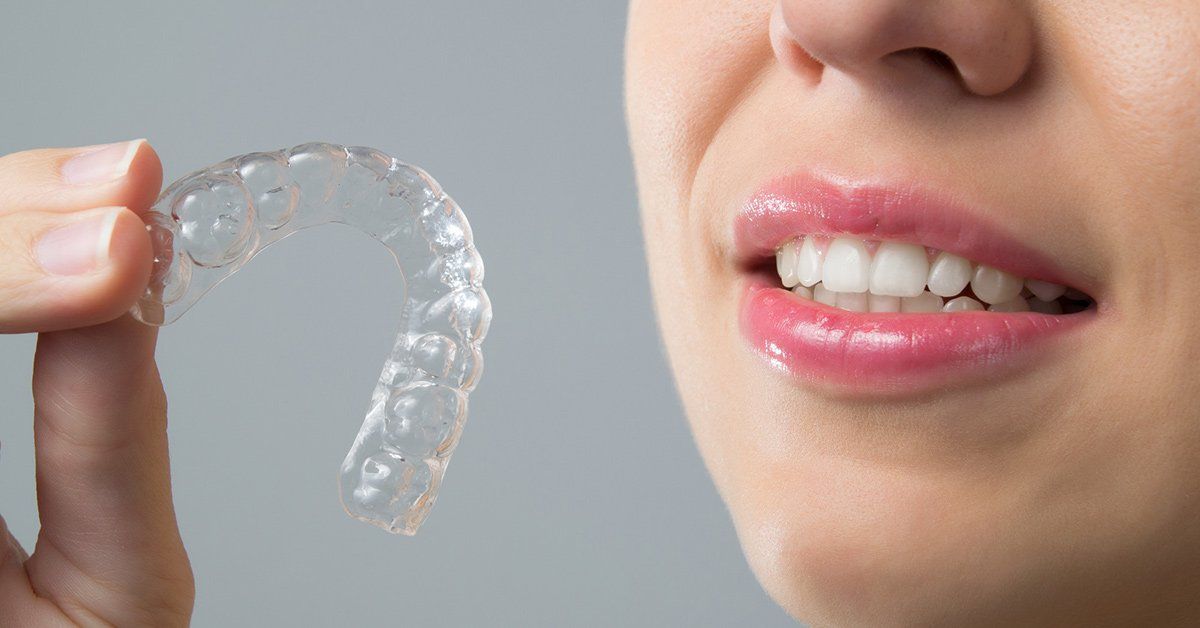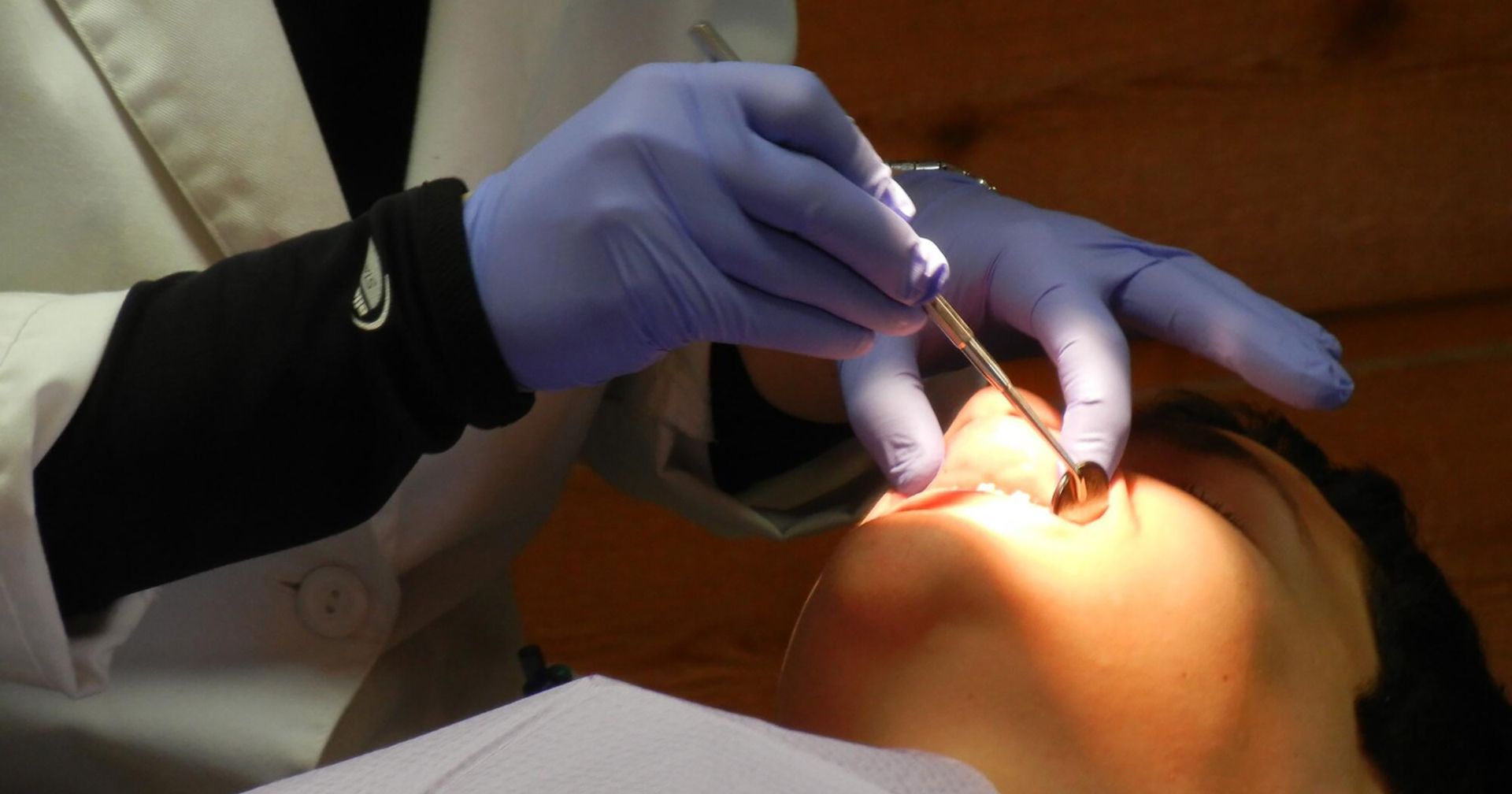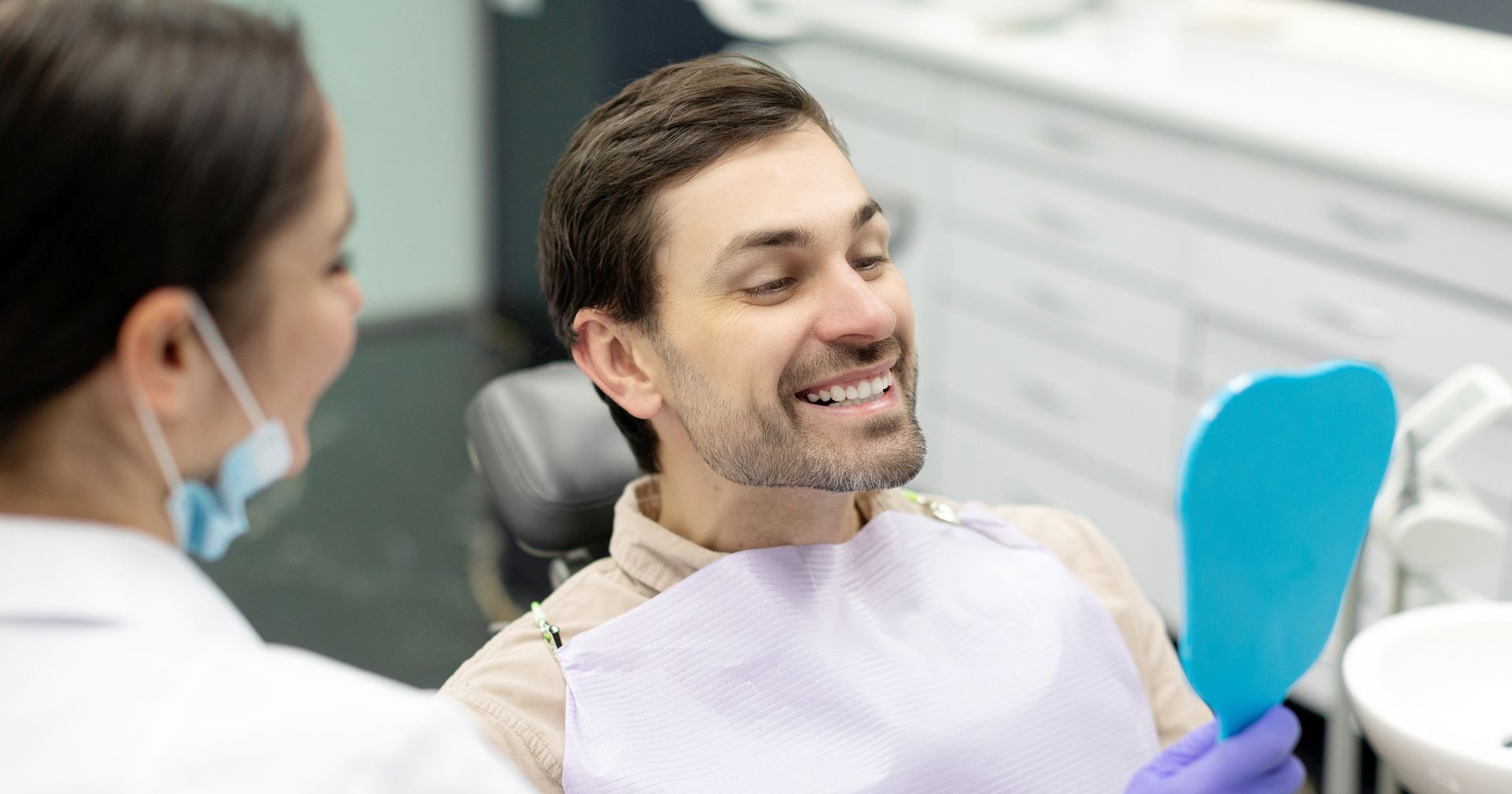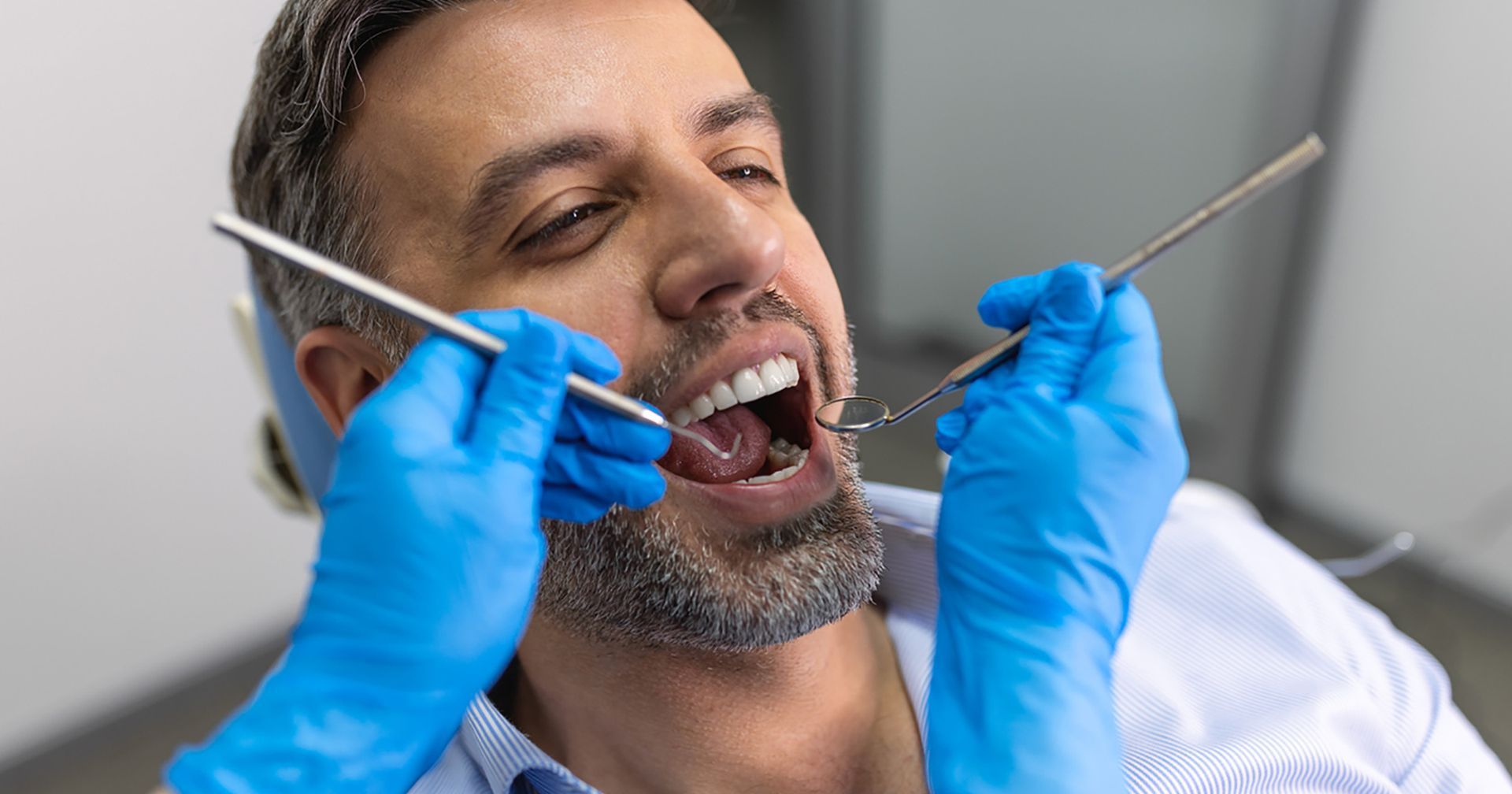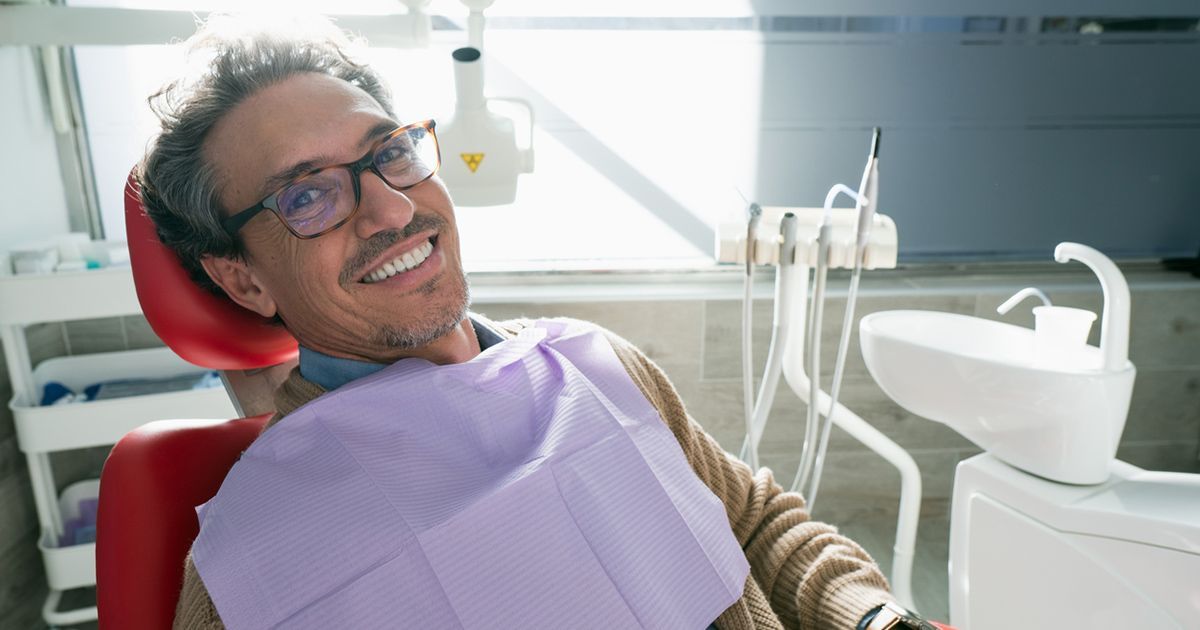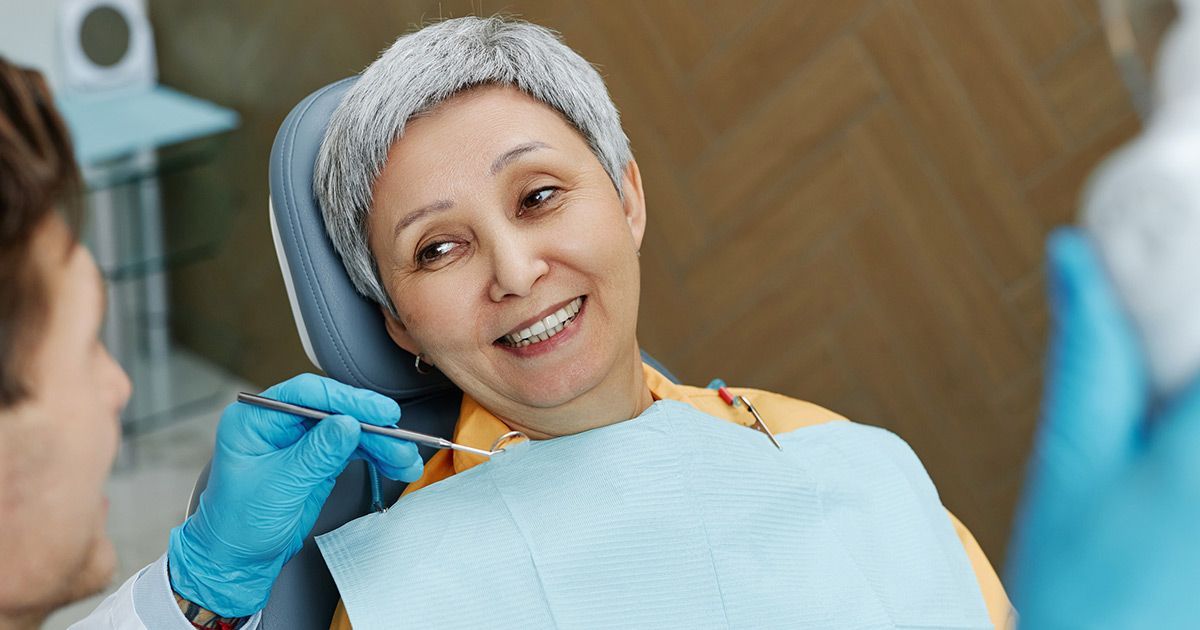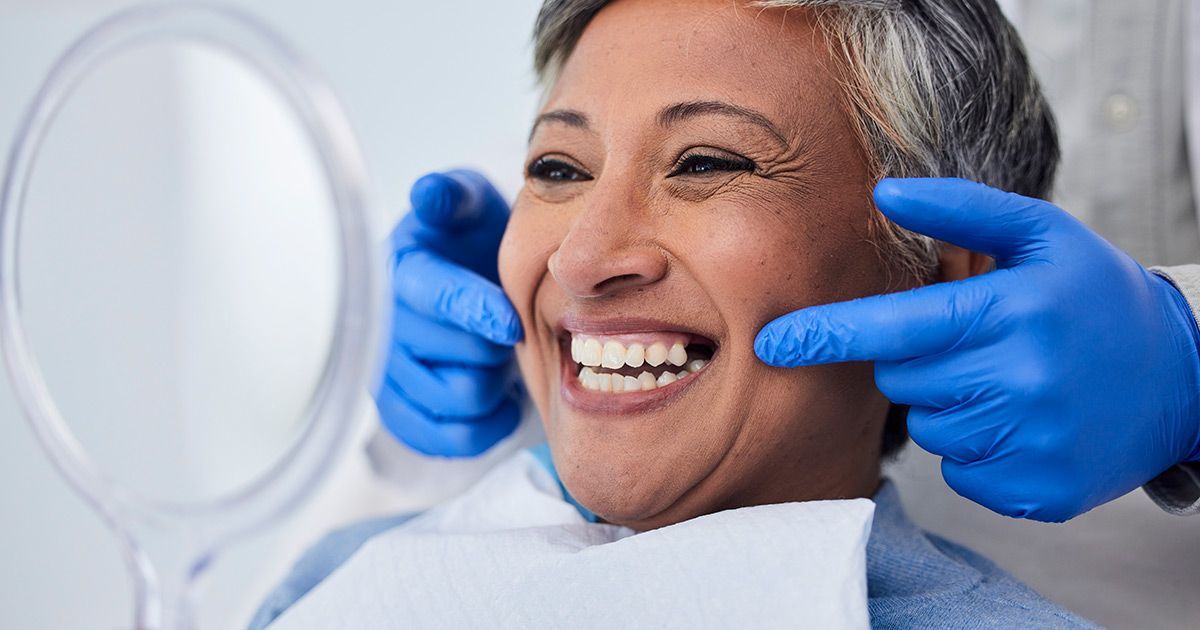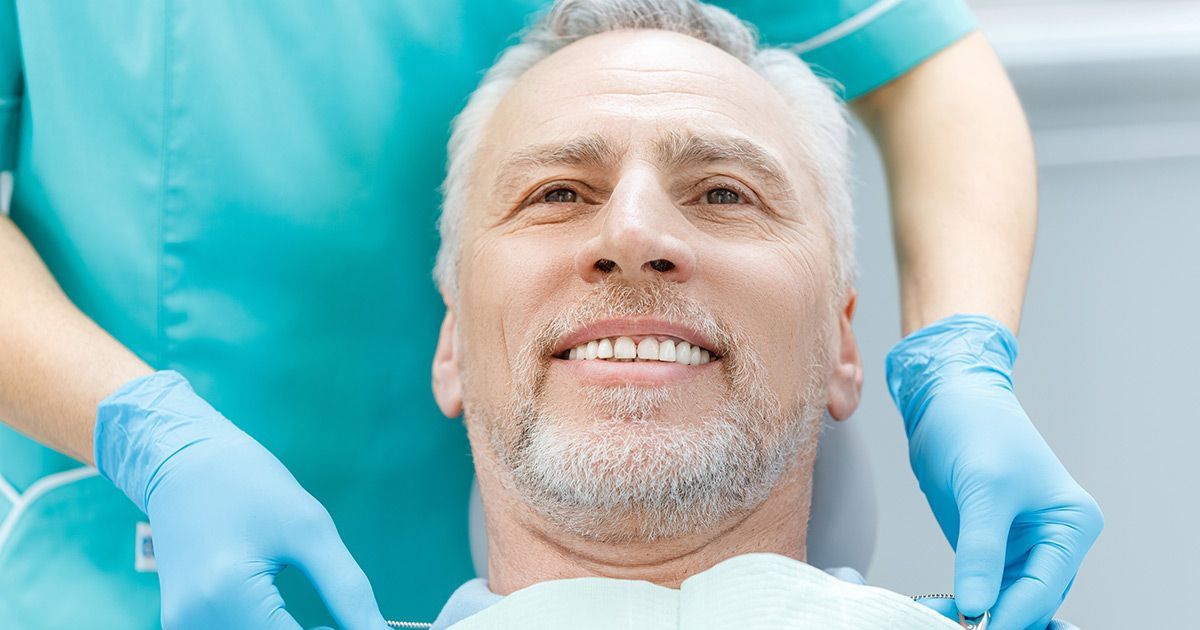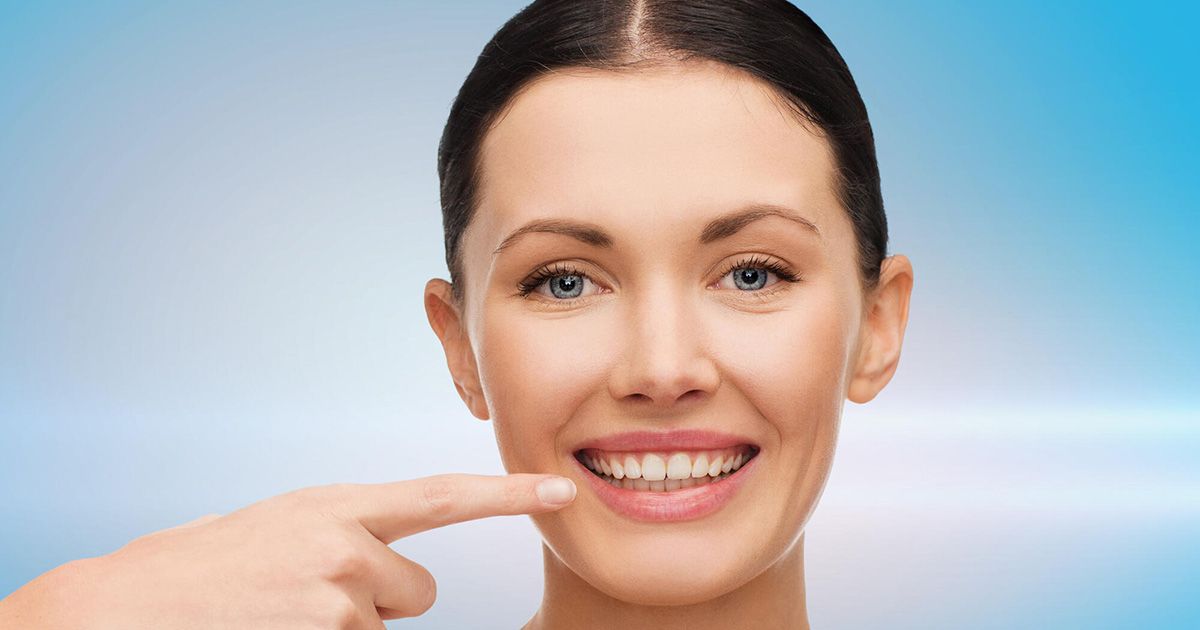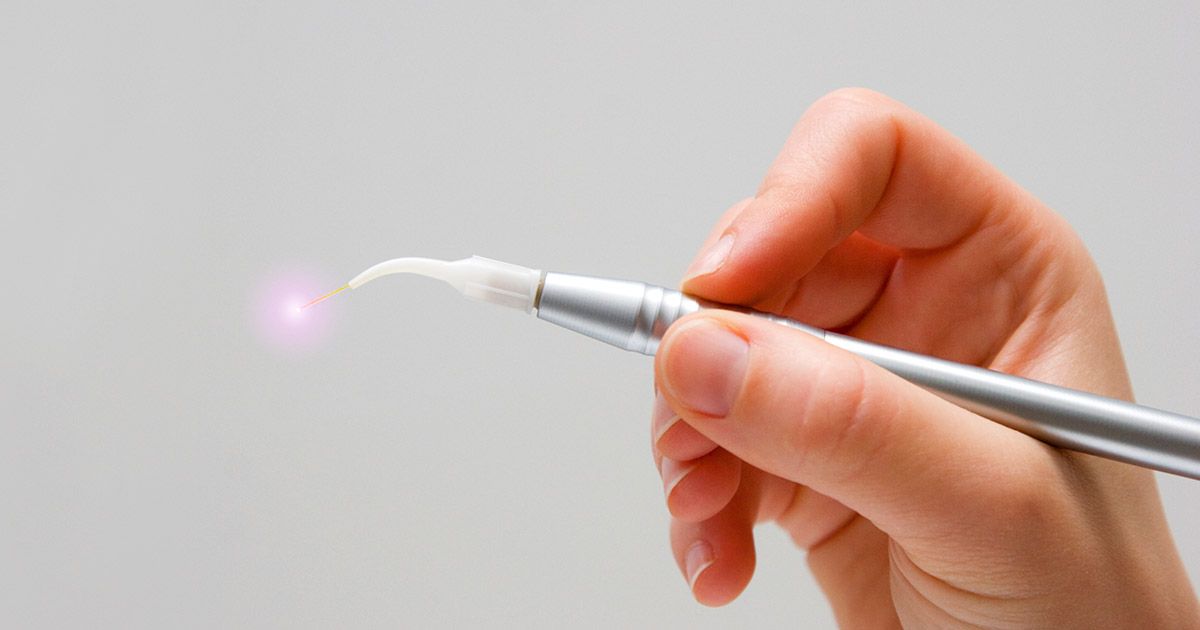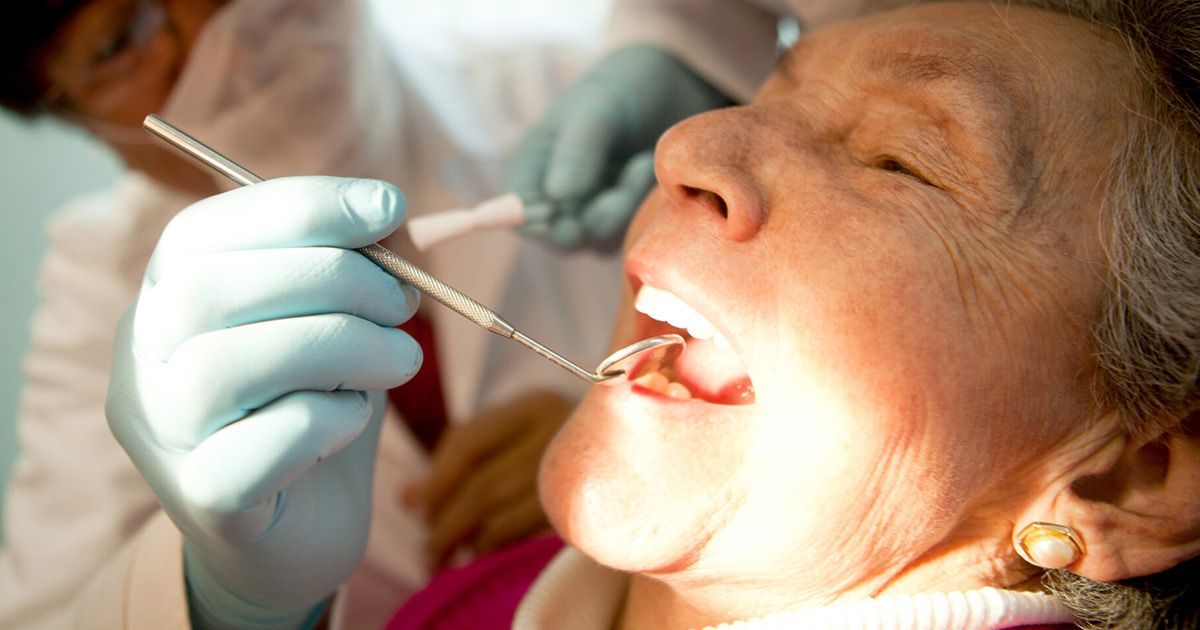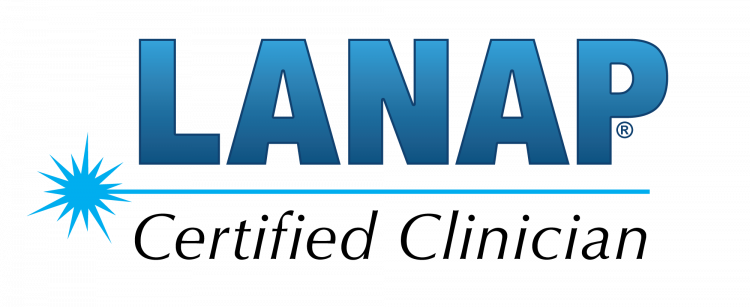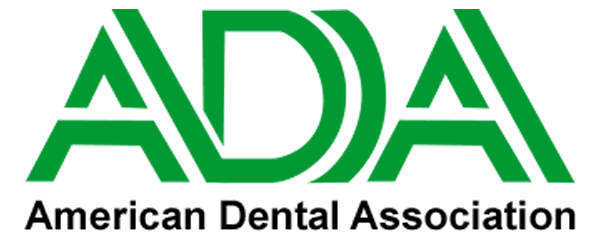Braces vs Invisalign... which is better? When considering treatment options for straightening teeth, the choice often comes down to traditional braces or Invisalign. Both have their merits, but which is the ideal solution for your smile? Keep reading below to discover how to pick the right option tailored to your needs.
Did you know that 47% of U.S. adults -- or 65 million people -- have gum disease? Proper oral hygiene routine is vital, and brushing and flossing are essential, especially when wearing braces.
What's even more shocking is that 40 million Americans are completely toothless. 178 million are also missing at least one permanent tooth.
Granted, poor personal oral hygiene is a top reason for all these oral health issues. But misaligned teeth, whether severely misaligned or not, are contributors. Crooked teeth can be challenging to clean effectively, making cavities more likely.
This emphasizes the importance of orthodontic care, and when it comes to straightening teeth, the debate often revolves around braces vs Invisalign.
The question is, how do they differ and which one is more suitable for your case? We’ll show you how to choose between the two, and the pros and cons so be sure to keep reading!
Braces vs Invisalign: The Main Difference Lies in Their Method of Tooth Movement
The key difference between Invisalign vs braces is how they move the teeth. Invisalign uses aligner trays known as clear aligners, while traditional metal braces use fixed apparatuses on your teeth.
Let’s take a closer look at how these two work.
How Traditional Braces Work
Traditional braces mainly consist of metal brackets and archwires, helping in the tooth movement. Depending on the orthodontic issues at hand, there might also be a need for coil springs and power chains.
When all these parts are connected, they exert sufficient pressure on each tooth, causing them to move gradually. As the teeth shift, the braces may require monthly adjustments to maintain the desired pressure. This continuous cycle ensures teeth move to their ideal positions.
This is why traditional braces need regular, or at least once-a-month adjustments. This way, the dentist can re-tighten the braces, increasing the pressure once again. This cycle repeats until the teeth are all in their ideal locations.
Clear braces follow the same process as traditional braces. The main difference is, they use clear or tooth-colored materials instead of metal.
How Invisalign Works
Invisalign revolves around the use of removable Invisalign trays made of a patented thermoplastic material called SmartTrack®. These aligner trays are custom-made, ensuring a precise fit for effective tooth movement. Unlike traditional braces, the Invisalign system lets you maintain your usual brushing and flossing routine, which is essential for healthy teeth.
If you'll opt for Invisalign in Columbia, MD , your dentist will first give you a "Smile Assessment". This allows the doctor to create custom-made aligners based on your specific case. Once you get your first set of aligners, you need to wear them for no less than 22 hours a day.
This allows the trays to place constant, gentle pressure on your teeth and gums. Like with traditional braces, this pressure moves your teeth to more desirable locations. The big difference is, you wear removable aligners instead of brackets and wires.
Why Choose Invisalign Over Fixed Braces
To help you decide whether to invest in Invisalign or braces, here’s a look at when Invisalign treatment may be better:
If You Want Discretion While Straightening Your Teeth
Invisalign's SmartTrack® technology offers the most discreet way to get straighter teeth. It's almost invisible that people may not even notice you have them on!
Now, this may have made you wonder why not go for instead for clear braces vs Invisalign. While clear braces are also unnoticeable, their ceramic material can be brittle. This makes them more prone to damages like chipping and breaking.
If You Often Play a Lot of Sports
If you play sports for less than two hours a day, then Invisalign is a better choice. You only have to take your aligners out before you play, minimizing risks associated with injuries from fixed braces, and put them back on after. You don't have to worry about a ball hitting your face and damaging your aligners.
If You Want to Keep Eating Your Favorite Foods
Since you can remove your Invisalign trays, you can eat whatever you want to! There’s no need to worry about getting bits of broccoli stuck between metal brackets or wires.
Make sure you brush and floss after every meal though before you pop your trays back on. What you eat and drink affect your smile, after all.
If you forget to brush before wearing your aligners, they can trap sugars and acids. This can promote the development of tooth decay.
To Make Dental Hygiene Easier
Invisalign makes it easier to floss and brush your teeth more thoroughly as you can remove the trays, maintaining your oral hygiene routine becomes simpler. Unlike with braces, the brackets of which cover part of your teeth. The wires can also hinder flossing, as you can't floss your teeth from top to bottom.
Furthermore, studies found that traditional orthodontic treatment can give rise to gum disease.
According to researchers , this may be due to how braces change one's oral hygiene habits. They also noted that fixed appliances promote plaque build-up and gum irritation.
When Traditional or Clear Braces May Be a Better Choice
There are a few instances wherein you may have to get fixed braces, including the following:
If You Have a Severe Case of Impacted Canine Teeth
Did you know that 1% to 3% of the population has impacted canine teeth? If you're one of them, then your canine teeth may be growing out way above your gum line.
In some cases, Invisalign can help pull down an upper canine that grows higher than the rest of the teeth. But in more severe cases, traditional braces may be necessary.
If You Can Only Visit Your Dentist Once a Month
Traditional braces may be a better choice if you're super busy and you can only see your dentist once a month. Keep in mind that Invisalign patients need to see their dentist once or twice a month to get their new aligners.
But take note that if one of your metal brackets becomes unglued, you still need to see your dentist right away. A detached bracket reduces the moving pressure on your teeth. The longer it stays unglued, the longer your treatment time will be.
If You Can't Wear the Aligners for 22 Hours
Some people, like athletes, may be unable to wear the Invisalign aligners for 22 hours every day. Especially boxers or martial artists who need to wear mouth guards for long periods of time.
Take the First Step to Straighter Teeth Now
Orthodontic treatment, whether through braces, Invisalign, or other orthodontic treatment options, can lead to straighter, healthier teeth. Thanks to modern dental technology, you may not be "too old" to get straighter teeth anymore. In fact, many adults -- one in five orthodontic patients -- are getting straighter teeth.
By understanding the differences between braces vs Invisalign, including their costs and benefits, you can make an informed decision.
Considering the costs, benefits of Invisalign, or pondering between Invisalign and braces for your specific situation? Feel free to connect with us for more insights! We're here to help with all your dental health queries.
Our Primary Service Areas
Content Reviewed by
Website designed and maintained by Xpress, INC
All Rights Reserved | Smile Savers Dentistry


